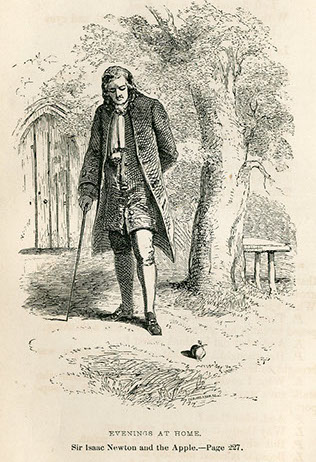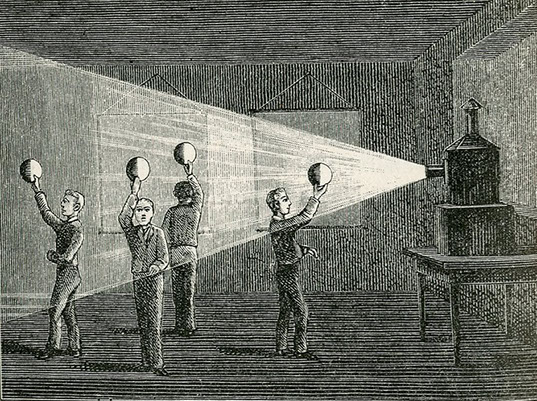
click image to view complete book

Throughout the greater portion of the 19th century, the physical sciences were characterized as natural philosophy. Many early texts for children addressed the first principles of physics, chemistry, astronomy, and electricity in language suited to young minds. But an impressive number of highly rigorous texts – ostensibly written for children using the device of creating a conversation between parent and child – were written by women who were renowned for their ability to popularize new and challenging scientific theories. One of the most renowned women writers of this time was Jane Marcet whose Conversations on Chemistry remained popular throughout the century not only for its introduction to modern Chemistry, but also for its depictions of scientific apparatus which were illustrated by Marcet herself. One of the most important scientists in the world, Michael Faraday read Marcet’s book during his apprenticeship which inspired him to enter the field of Chemistry.
Explore more
Evidence of the Divine
Physical Science
Anna Laeticia Barbauld (British, 1743-1825) and John Aiken (British, 1747-1822) Sir Isaac Newton and the Apple from Evenings at Home, or, The Juvenile Budget Opened. 1841. Scott, Webster, and Geary. 23h3014. Baldwin Library of Historical Children’s Literature, Special & Area Studies Collections, George A. Smathers Libraries, University of Florida

Arabella B. Buckley (British, 1840-1929) A Boy Illustrating the Phases of the Moon from Through Magic Glasses, and Other Lectures. 1890. Edward Stanford. 23h1006. Baldwin Library of Historical Children’s Literature, Special & Area Studies Collections, George A. Smathers Libraries, University of Florida.